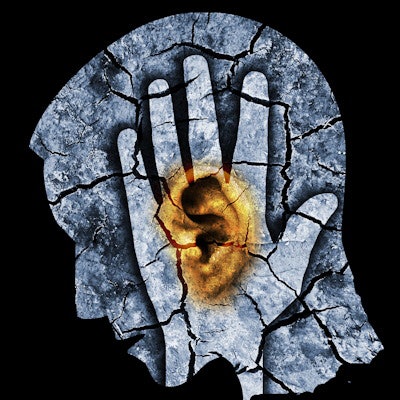
Diseases of the ears are widespread among the population. Tinnitus alone affects around 340,000 German citizens every year, and other ear ailments are also common.
In this Q&A interview with the German Röntgen Society (Deutsche Röntgengesellschaft, DRG), Prof. Dr. Mathias Cohnen, chief physician at the Institute of Clinical Radiology, Rheinland Klinikum Neuss GmbH Lukaskrankenhaus, and chairman of the DRG's Head and Neck Radiology Working Group, discusses how imaging techniques contribute to the detection and treatment of these diseases and to quality care for those affected.
Q: What radiological examinations do patients who have problems with hearing or balance need?
 Prof. Dr. Mathias Cohnen. Image courtesy of Rheinland Klinikum Neuss GmbH Lukaskrankenhaus.
Prof. Dr. Mathias Cohnen. Image courtesy of Rheinland Klinikum Neuss GmbH Lukaskrankenhaus.A: Changes in hearing and also in the sense of balance, which are often closely related, can initially be examined by ear, nose, and throat (ENT) physicians directly and often with simple means. Radiology comes into play in the context of a diagnosis of exclusion: hearing and balance organs are located in the inner ear in the so-called temporal bone at the base of the skull.
Radiology can also detect certain diseases of the ears with a high degree of certainty. For example, inner ear inflammations or rare tumors of the inner ear, which aren't very accessible during physical examination, can be easily detected with CT or MRI. These diseases can also cause tinnitus, for example. In the vast majority of cases, however, no identifiable trigger can be found with imaging because the underlying causes of the symptoms are functional and are not reflected in our images.
Q: Where else are radiological examinations used in the field of hearing?
A: Examination in the "tube" is also of great importance when searching for possible congenital changes of the hearing organ, mostly in children. In these cases, high-resolution slices are indispensable for the correct diagnosis and thus, of course, for therapy. However, there are also diseases affecting the auditory and vestibular organs in older ages. With CT in particular, it is possible to visualize the bony structures with thin slices, and this within a short examination time. They give the treating ENT physicians the information they need for a targeted therapy.
Q: How do radiologists treat patients with injuries to the head who have been involved in an accident?
A: After an accident, imaging with CT is essential to determine skull base injuries and their extent. Direct force on the skull bone, as well as indirect effects, can cause damage to the auditory apparatus and the organ of balance.
Injuries to the base of the skull also increase the risk of germ transmission, so such a serious diagnosis must be made without delay using radiological examination procedures. Of course, we also look very closely at the brain with the same examination to rule out the consequences of injury.
Q: What's the role of radiology in procedures such as "cochlear implant" therapy for patients with pronounced hearing impairment?
Congenital or acquired hearing disorders can be treated today with modern therapy methods such as "cochlear implants." However, their application is only possible if the exact individual conditions of the inner ear are first visualized using radiological methods. For example, the exact size of the cochlea can be measured so that an appropriately adapted implant can be inserted.
The radiological examinations, along with other special examinations by the ENT physician, lay the foundation for subsequent treatment and can document the success of the therapy as it progresses. If there is any deterioration, a repeat CT or MRI can reveal possible causes or any complications.
Editor's note: This is an edited version of a translation of an article published in German online by the DRG. Translation by Frances Rylands-Monk. To read the original version, go to the DRG website. A DRG press release on ear disorders can be accessed via this link.



















